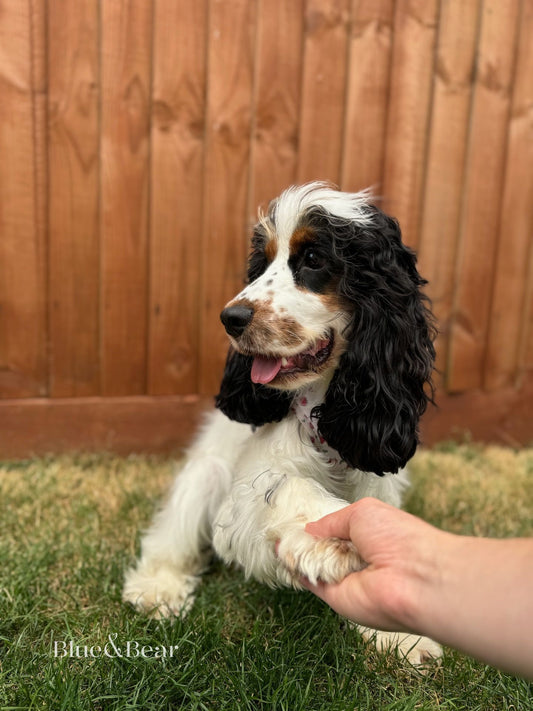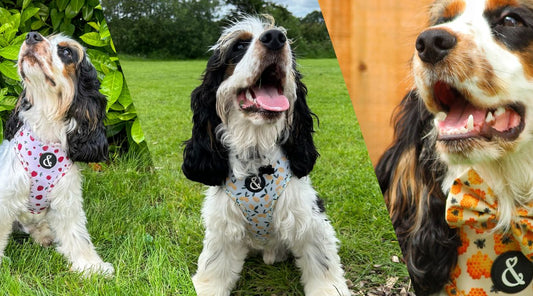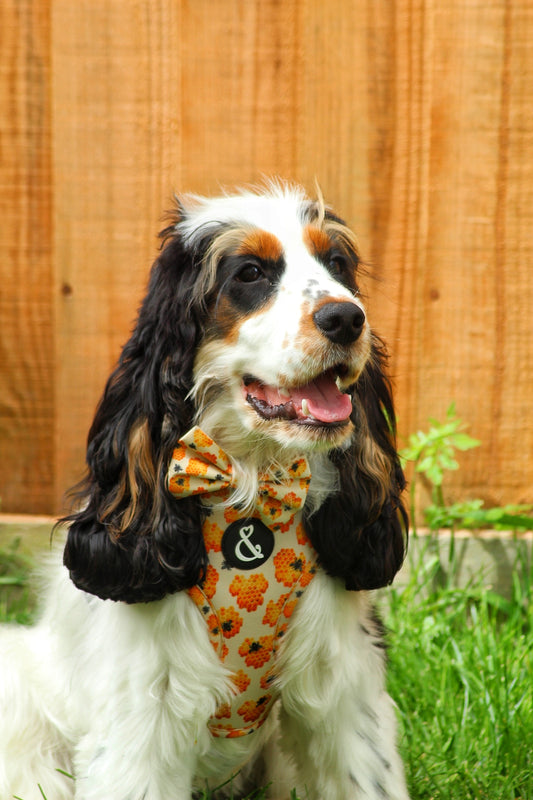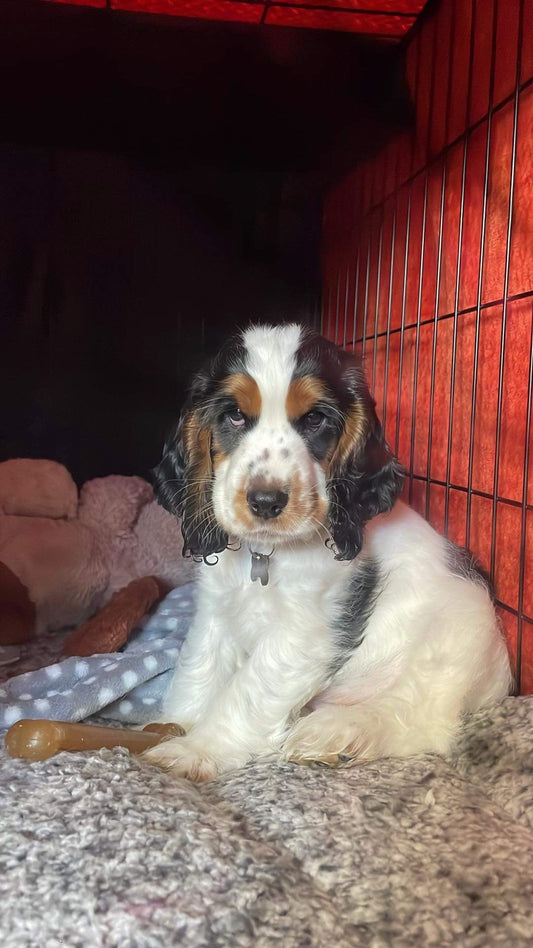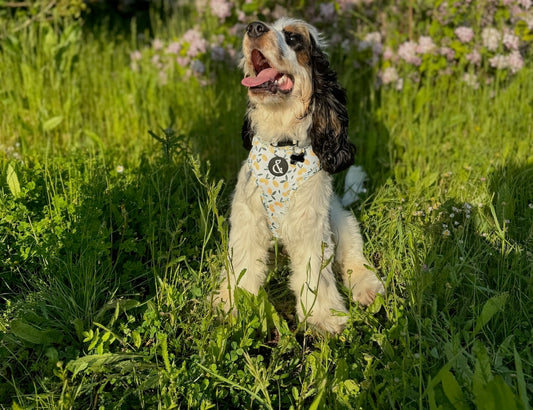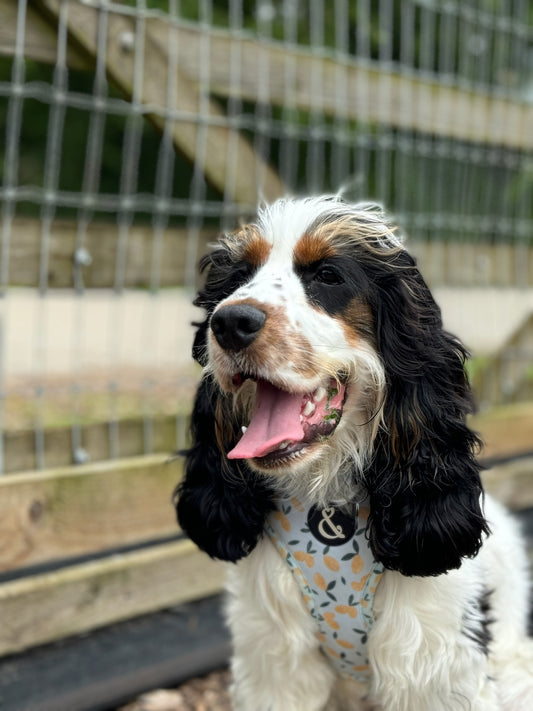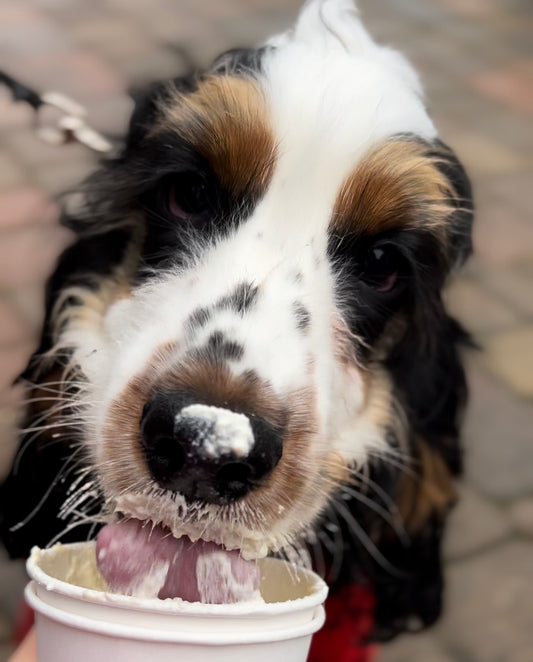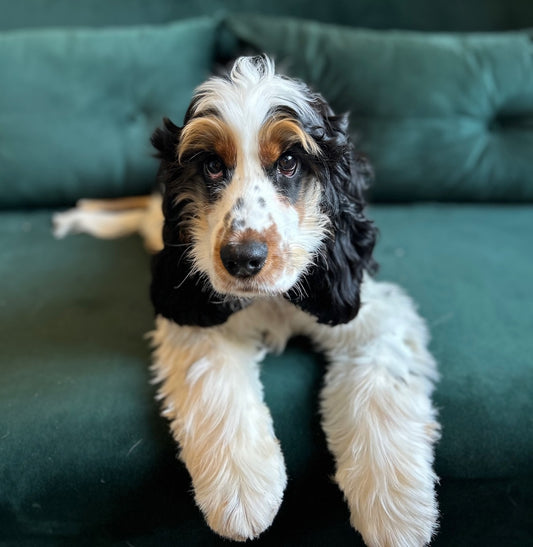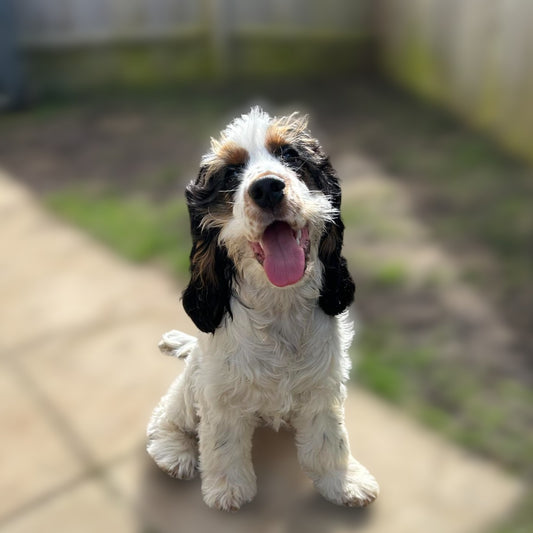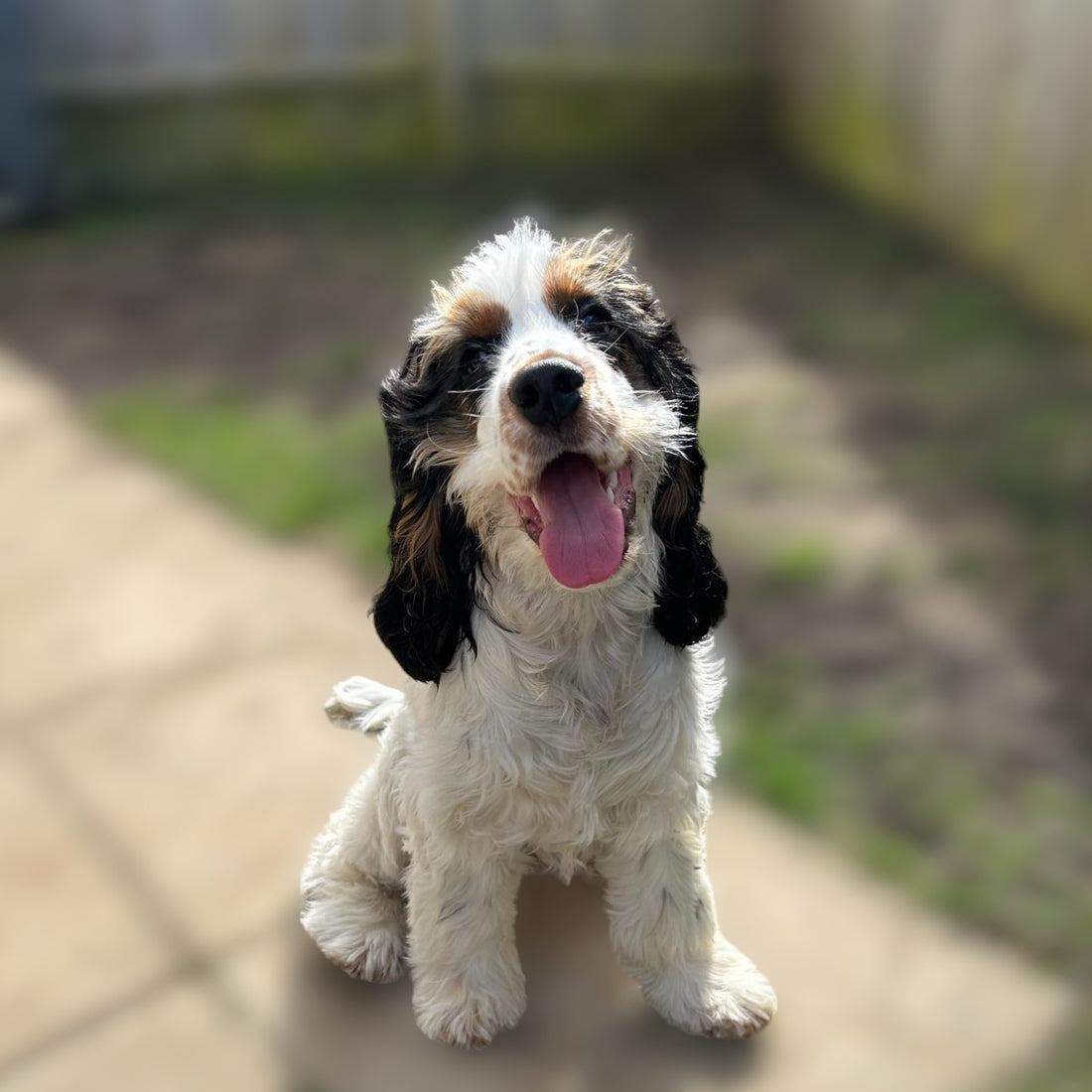
How to Teach Your Puppy to Sit: Basic Training Guide
Teaching your puppy to sit
Teaching your dog to sit is one of the oldest tricks in the book, but it's also one of the most important. As a foundational command, "sit" serves as the building block for many other obedience behaviours and tricks your pup will learn throughout their life. Not only is it practical, but mastering this simple cue at an early age helps build confidence and reinforces the bond between you and your puppy.
While teaching a puppy to sit may seem straightforward, it's one of the first real training challenges you'll encounter as a new dog owner. Puppies are easily distracted, have short attention spans, and don't yet understand what you're asking of them. With patience, positive reinforcement, and the right technique, however, you'll be amazed at how quickly your pup picks it up.
Sitting on command is an essential trick that every well-behaved dog should know. It teaches impulse control, focus, and builds a foundation of respect for you as the leader. A dog that reliably sits when asked is easier to manage in distracting environments and around other people and animals.
In this guide, we'll walk through step-by-step instructions to help you successfully teach this valuable behaviour using positive reinforcement techniques that are fun for both you and your pup.
When to teach your puppy to sit
While puppies as young as 8 weeks old have the mental capacity to start learning simple commands like "sit," experts agree that the earlier you begin training, the better. A puppy's brain is like a sponge at this age, primed to soak up new information and form lasting connections between words, actions, and rewards. It's much easier to shape your pup's behaviour from a blank slate than to try and unteach bad habits down the road.
Where to teach a puppy to sit
Creating the ideal learning environment and using an effective reward system are two critical components to successfully teaching your puppy the "sit" command.
When first introducing this new behaviour, it's best to start training in a distraction-free setting like a familiar room at home. Puppies have short attention spans, so minimising external stimuli allows them to stay focused on you and the task at hand. A quiet space where your pup feels safe and comfortable will facilitate faster learning. However, once they've mastered sitting on cue in this controlled environment, you'll want to gradually increase distractions by practicing the command in busier areas. This reinforces your pup's ability to listen and respond regardless of surroundings.
Steps for teaching the sit command to your puppy
We've broken teaching your puppy to sit into five, easy to follow and simple steps.
Step 1: Start by choosing a quiet, familiar room in your home for your first training sessions. Minimising distractions allows your puppy to focus entirely on you and the new skill being taught.
Step 2: With your puppy facing you, hold a high-value treat close to their nose. Slowly lift your hand straight upwards over the top of their head. As their nose follows the treat, their bottom will naturally lower into a sitting position.
Step 3: The moment your pup's rear hits the floor, say the cue "sit" in a clear, upbeat tone.
Step 4: Instantly reward your puppy with the treat and shower them with praise and affection. This positive reinforcement tells them they've done exactly what you wanted.
Step 5: Once sitting becomes reliable when lured with a treat, you can begin fading out the need for a lure. Hold a treat in your other hand behind your back, using just an empty hand signal to cue sitting. Over time, your pup will sit solely in response to the word itself.
Teach your puppy to sit in new environments
Once your puppy has a solid grasp on the basics of the "sit" cue in their natural environment, such as your home, it's time to take their training out and about. Introducing incremental distractions like clapping, bouncing a ball, or having someone walk past while they hold the sit position reinforces their focus and impulse control. Make sure that they're listening to you in a variety of environments and surrounds, and be sure to reward them enthusiastically when they stay composed despite those disruptions.
New sights, smells, and sounds will test your pup's obedience skills more than the familiar setting of your home, but it also introduces the need to ensure your puppy is under your control at all times.
For safe and comfortable outdoor training sessions, our adjustable dog harnesses are the perfect solution. Every harness features a durable metal D-ring for easy leash attachment, and three adjustable buckles that allow you to customise the fit as your puppy grows. No need to constantly replace equipment during those rapid puppy development stages!
The harness incorporates a breathable mesh lining that maximises airflow, preventing your pup from overheating during extended periods of activity. Yet the lightweight, padded construction ensures equal measures of comfort and security. You can focus on reinforcing commands without your puppy feeling restricted, pinched, or weighed down.
Designed to seamlessly pair with our adjustable training harness, we also offer stylish matching leads for every harness pattern. Our fixed-length training leads strike the ideal balance between providing your puppy freedom to move while still maintaining safe control during outdoor sessions.
Teach sit as your puppy's default behaviour
As your puppy masters the "sit" command, you'll want to begin establishing it as their default behaviour for certain situations. Whenever greeting people, before going out the door, or prior to receiving anything they want like food, toys, or affection, have them offer a sit first. By consistently requiring this simple obedience cue, you're reinforcing the idea that remaining calmly seated and watching you for instruction is the best way for your puppy to get what they desire.
Making "sit" a defaulted response provides tremendous benefits in curbing overly excitable, jumping, or demanding behaviour. A reliable automatic sit helps your puppy maintain composure when faced with triggers like the doorbell or encountering new people and dogs on walks. It instills self-control and the understanding that good things come to those who wait patiently.
Summary
Teaching your puppy to sit on command is just the first step in their obedience training journey. But it's an incredibly important one that builds the foundation for so many other skills down the road. With this basic behaviour mastered using positive reinforcement, you've shown your puppy that learning is fun and rewarding.
As you move on to more advanced tricks and commands, refer back to the positive training techniques that worked for teaching "sit." Stay patient, consistent, and make training sessions a warm, engaging time full of praise and your pup's favourite treats. And remember that whenever you're teaching your dog a new trick, they should always have a fresh source of water close by, as the mental stimulation paired with dry treats will make your puppy very thirsty during training.
